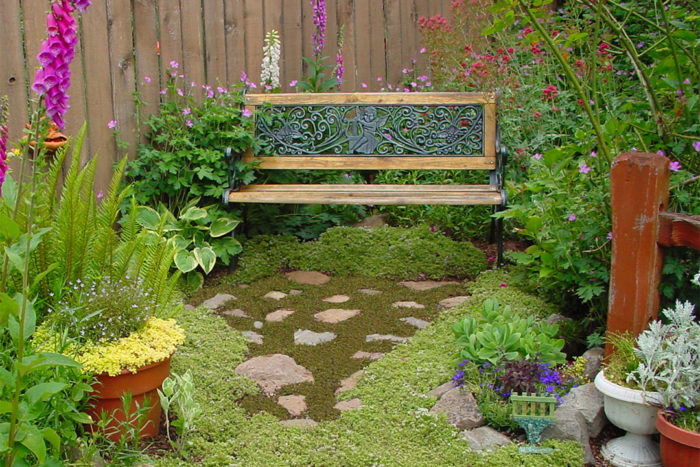
Mulching the 3 acres of display and trial gardens at my perennial nursery was becoming expensive and time-consuming, so I decided to explore ground covers that would eventually eliminate the need for mulch. As I trialed numerous ground covers that complemented my perennials and shrubs, I became smitten with those plants that proved to be strong enough to tolerate both foot traffic from people touring my gardens and trampling by pets. It became obvious which ones were tough enough to withstand the heat and humidity we experience each summer, remain evergreen, and display dainty flowers for months. Here are my absolute favorites.
For heavy-traffic areas
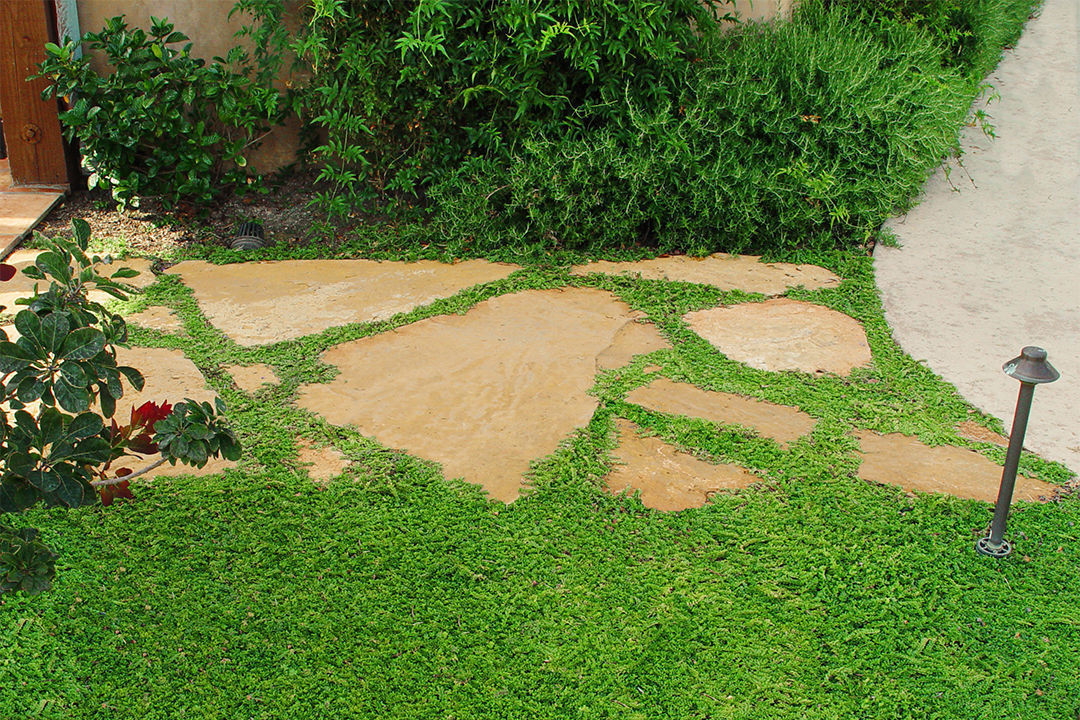
Green carpet rupturewort: The toughest of the tough
Herniaria glabra and cvs.
USDA Hardiness Zones: 5–9
Size: 1 to 2 inches tall and 10 to 18 inches wide
Conditions: Full sun to bright shade; moist, well-drained, average to poor, rocky soil; drought tolerant once established; avoid excess moisture
I often refer to green carpet rupturewort as my “tractor-trailer” plant because while wayward vehicles sometimes make deep impressions in my garden, the rupturewort doesn’t even turn yellow. The creeping stems of tiny, bright green leaves form an extremely dense green carpet. The summer-blooming flowers are inconspicuous, but the plant does self-sow. So even though the seedlings are easy to remove, the plant is best situated in an area where its self-sowing is an asset. It prefers not to be covered with leaves for long periods of time. A major advantage of rupturewort is that it does not “melt out” in our humid summer conditions the way that many creeping thymes (Thymus spp. and cvs., Zones 4–9) often do.

Dwarf creeping wire vine: A dense mat that changes with the seasons
Muehlenbeckia axillaris ‘Nana’
Zones: 6–10
Size: 1 to 2 inches tall and 8 to 12 inches wide
Conditions: Full sun to partial shade; well-drained soil; drought tolerant once established; can withstand heavy clay
I like to use creeping wire vine to provide a contrasting color between my stepping-stones. It has wiry stems and tiny, dark, glossy green leaves that turn bronze with heat or cold. This dwarf variety forms a denser mat than the species. Tiny green flowers in spring are followed in fall by small transparent white fruit with black seeds. Because it runs underground as well as along the surface, this plant works well for a dry, well-traveled path, but it will adapt to a garden setting. It can withstand a lot of foot traffic and is good for erosion control even though it is deciduous. Dried winter foliage may be cut to ground level, or you can simply allow new foliage to grow over it in spring.

White star creeper: A dusting of delicate flowers
 Pratia angulata
Pratia angulata

Zones: 6–10
Size: 1 to 2 inches tall and 8 to 12 inches wide
Conditions: Full sun to partial shade; prefers moist, well-drained, average soil but tolerates wet or poor soil; drought tolerant once established
White star creeper has a multibranching habit, both above the ground and below, and its dense foliage quickly covers an area. It is blanketed with starry, pure white flowers that brighten up the garden for most of spring, followed by round, reddish purple berries that attract birds in fall. It eliminates weeds among larger plants, and it cascades beautifully over stones. The rabbits in my garden love to nibble on the foliage, which is fine with me because they help keep the foliage even lower, making the white stars shine more vividly. Deer don’t seem to bother it, and it springs right back after people walk on it, even if that happens several times a day.
For moderate-traffic areas
Try these plants for areas that get traffic once a day or so.

Dwarf mondo grass: Thrives in deep shade
Ophiopogon japonicus ‘Nana’
Zones: 7–10
Size: 2 inches tall and 4 to 6 inches wide
Conditions: Partial to full shade; evenly moist to dry, average soil
When I have a heavily shaded situation and want a short, dark green ground cover, I turn to dwarf mondo grass. My dwarf weeping maple, for instance, creates a dry, dark area during the growing season that becomes uninteresting during winter; I have tried many ground covers, but dwarf mondo grass seems to be the only plant that doesn’t mind the lack of light while it waits to be exposed in winter. It is a bit slow to spread, which makes it terrific between pavers because its slow growth keeps it from covering the stones. It is, however, easy to transplant the rooted runners to fill in as desired, and it excels as a lawn substitute in small areas.

‘Chocolate Chip’ ajuga: Less aggressive than other ajugas
Ajuga reptans ‘Chocolate Chip’
Zones: 3–9
Size: 3 to 4 inches tall and 1 foot wide
Conditions: Partial to full shade; evenly moist to dry, average soil
I look forward to ‘Chocolate Chip’ ajuga’s bountiful spikes of bluish purple flowers to provide a welcome show in my spring garden. The small, dark, purplish-green leaves create a ground cover that is not as aggressive as larger-leaved ajuga varieties. It should be deadheaded, however—either by hand or by mowing with a mower on a high setting—to keep it looking tidy and to prevent self-sowing. Deer and rabbits show no interest in feasting on this weaving ground cover. ‘Chocolate Chip’ quickly fills empty spaces around larger plants, providing year-round beauty in settings that do not receive a lot of sun.
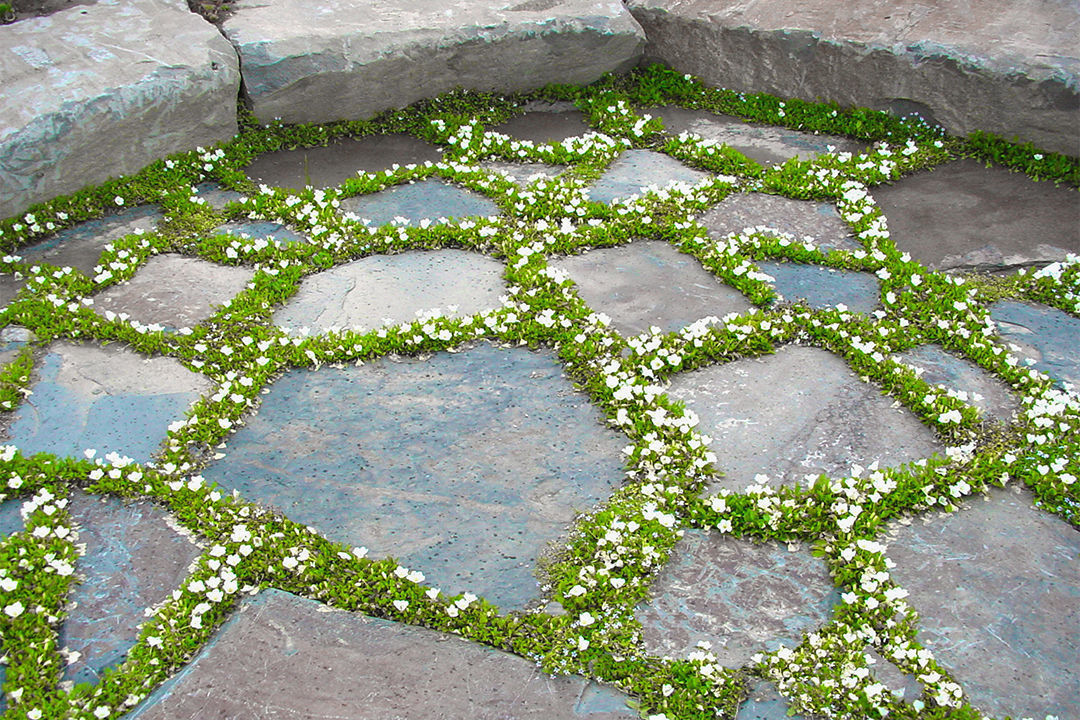
White cup flower: Months of blooms in hot, sunny areas
Nierembergia repens
Zones: 7–10
Size: 2 to 3 inches tall and 8 to 12 inches wide
Conditions: Full sun to partial shade; moist, well-drained, average soil; drought tolerant once established
White cup flower’s lovely quarter-size blooms cover mats of deep green foliage for three to four months in summer when there aren’t many other ground covers blooming. Although the bloom count is higher when the plant is grown in intense sun, its white buttercup flowers brighten slightly shady areas as well. The plant could be considered aggressive because it roots at all nodes, but it provides a dependable ground cover. The dense underground runners keep most weeds from growing, but the plant is low enough to carpet around plants that are taller or have heavy basal growth. I love using this easy-to-grow, tough workhorse in my white-themed garden because it unites the entire area in one sweep.
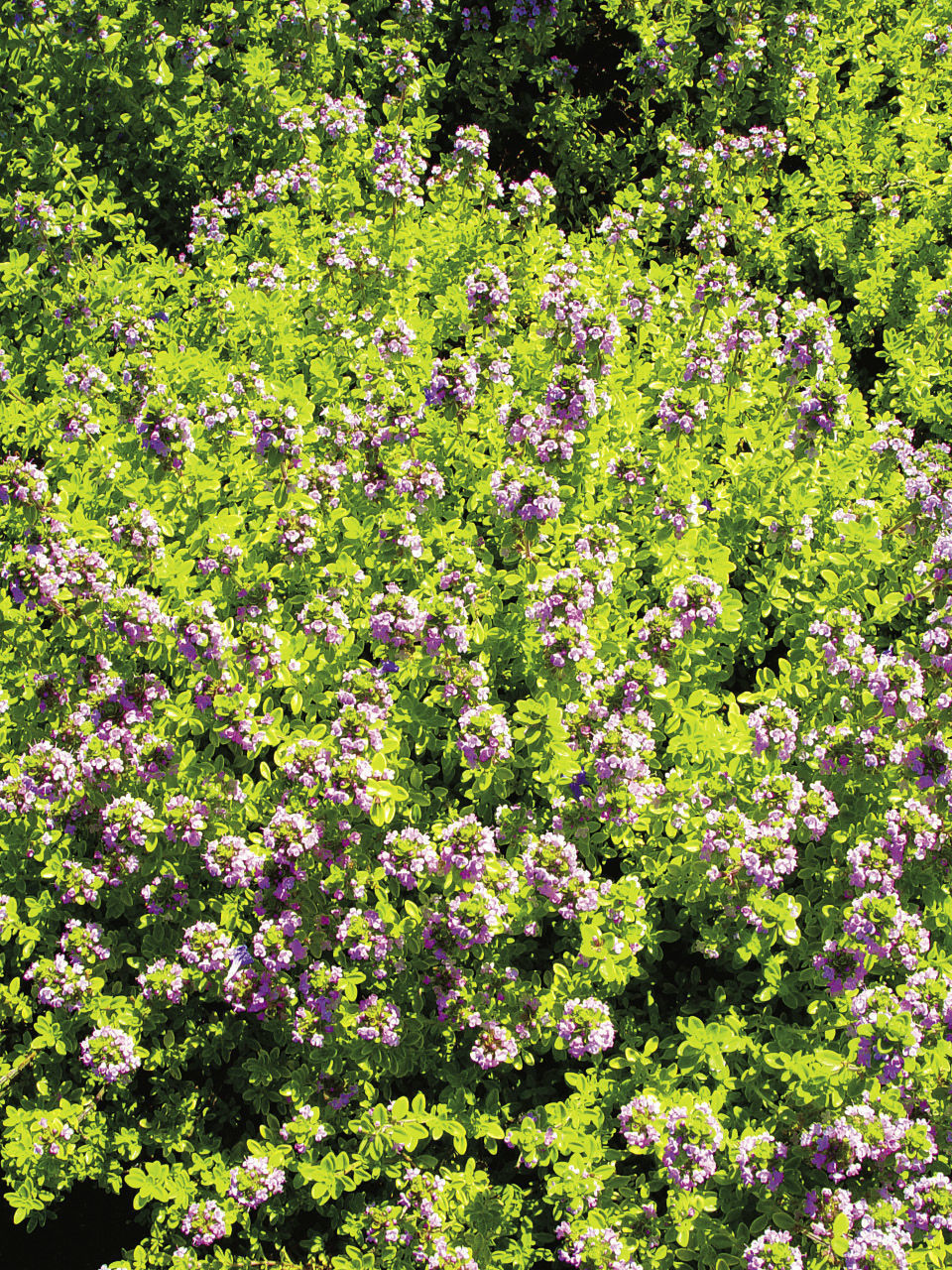
‘Archer’s Gold’ creeping thyme: Tough and aromatic
Thymus pulegioides ‘Archer’s Gold’
Zones: 5–9
Size: 3 to 4 inches tall and 8 to 12 inches wide
Conditions: Full sun to partial shade; moist, well-drained, average soil; drought tolerant once established
‘Archer’s Gold’ creeping thyme has it all: bright gold evergreen foliage; a wonderful lemon scent to enjoy as one crushes it underfoot; and nice lemon flavor for cooking. Drought tolerant and deer resistant, it is excellent for herb-garden walkways, around rose beds as a mulch substitute, or as a beautiful disease-free lawn alternative. I particularly appreciate that it does not brown out in Virginia’s heat and humidity, as many other thymes do. It is also suitable for use in containers as a soil cover. Its light lavender-pink blooms are a bonus in summer.
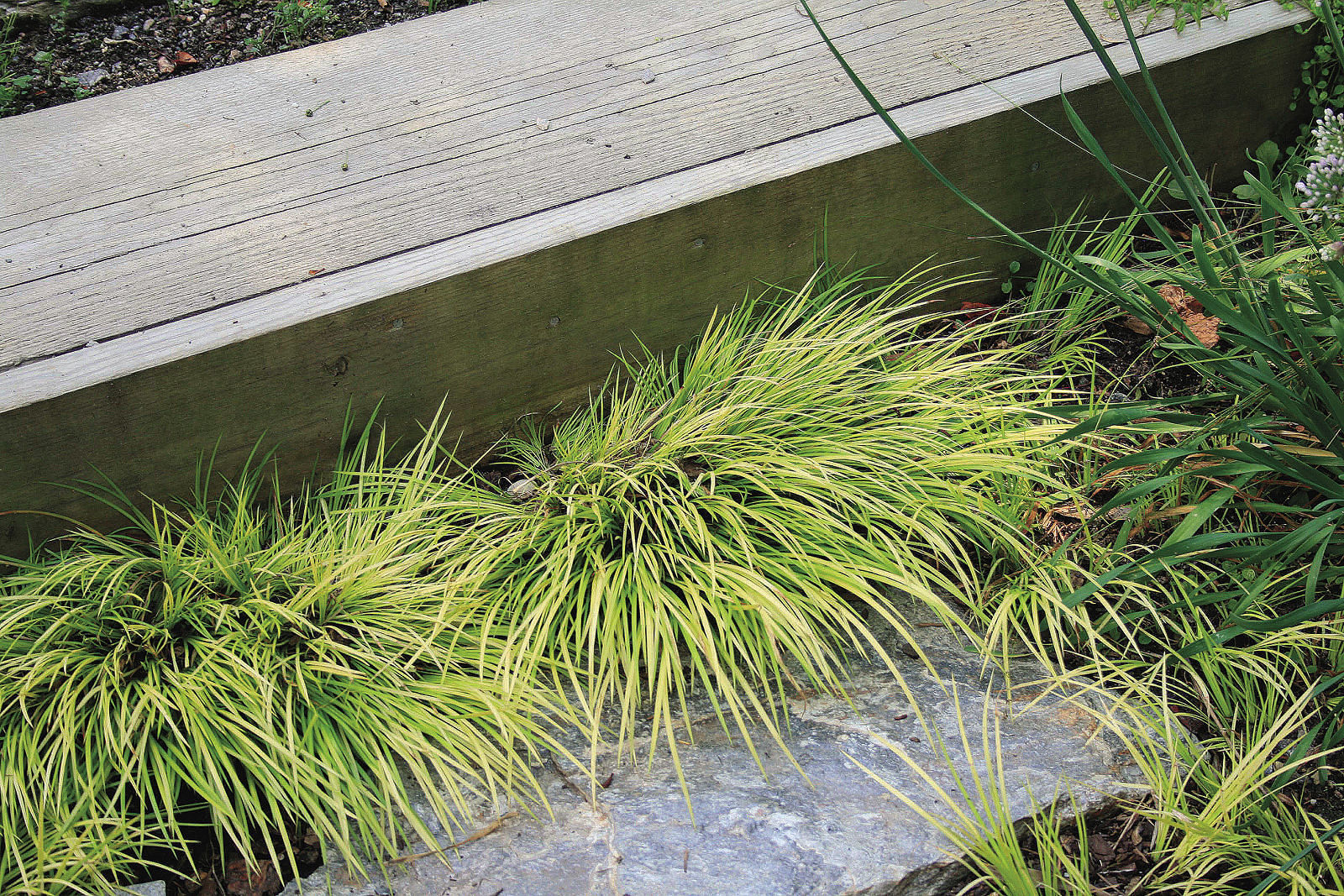
Miniature golden sweet flag: Highlight shade-loving plants all year long
Acorus gramineus ‘Minimus Aureus’
Zones: 5–9
Size: 3 to 5 inches tall and 6 to 12 inches wide
Conditions: Light to full shade but will tolerate full sun with extra moisture; evenly moist to wet, boggy soil
Miniature golden sweet flag is like sunshine in my shady garden. As I look out my kitchen window on a cold winter day, its dwarf fans of bright golden grassy leaves cheerfully accentuate the dark leaves of my hellebores (Helleborus spp. and cvs., Zones 4–9) and remind me that winter does not have to be bleak. This moisture-loving ground cover will grow in clay soil as well as sandy loam with normal moisture, and it will naturalize in bogs or at the water’s edge. I enjoy using it between stones in pathways, between wooden ties in my steps, and as a golden mat. While it is a slow grower, it makes up for that by being deer resistant.
For light-traffic areas
An occasional accidental step off a path won’t hurt these plants.

Mini Kenilworth ivy: Bring rare color to the shade
Cymbalaria aequitriloba
Zones: 7–10
Size: Up to 1 inch tall and up to 8 inches wide
Conditions: Full sun to partial shade; moist to dry, well-drained, average soil
This little gem did not read its tag, which says that it is a “shade plant.” We planted it in an aboveground box that serves as one of our fairy gardens in intense, full sun. One year later we realized that it had performed stoically and was blooming out of every crack in the wooden box. It crept into the other plants and made them appear to have lovely snapdragon-like lavender flowers in April, long before they actually bloomed. Because mini Kenilworth ivy is usually only ¼ to ½ inch tall, it didn’t harm any of its neighbors with its aggressive behavior. Its tiny scalloped leaves hold tight to any rock or crevice, and it is relatively evergreen in mild winters. This little bulldog is also great in the shade around my heucheras (Heuchera spp. and cvs., Zones 3–8) and hostas (Hosta spp. and cvs., Zones 3–9), but it doesn’t like to be covered with tree leaves all winter. Warning: Do not confuse Cymbalaria aequitriloba with its superaggressive cousin C. muralis, which is taller and larger leaved and quickly overtakes one’s garden.

‘Coral Carpet’ sedum: An ever-changing carpet of color
Sedum album ‘Coral Carpet’
Zones: 4–8
Size: 2 to 4 inches tall and 1 foot wide
Conditions: Full sun to light shade; moist to dry, well-drained, average to poor soil
The small, jellybean-like foliage of ‘Coral Carpet’ sedum is like a chameleon when grown in dry, poor soil. Its leaves emerge a salmon-coral color, mature to bright green, then turn reddish bronze in winter, in the heat of summer, or when its nutrition is limited. The creeping stems root at the nodes and quickly form a dense mat of foliage. Tiny clusters of white to pale pink flowers appear above the foliage in early summer. I love to fit this deer- and rabbit-resistant sedum into small crevices or between stepping-stones, because each little piece that is planted or that falls onto soil will root if it receives adequate water. But don’t worry; it is easy to pull out if it appears where you don’t want it.
Quick tips for growing ground covers successfully
Leave room for planting between stepping-stones and pavers
When creating a paving-stone pathway, I suggest leaving a minimum of 2 inches between the stones for easier planting. Use a somewhat gritty, well-draining soil mix between the stones. If possible, set the stones or pavers approximately 1 to 2 inches above the soil level so that the ground cover does not quickly creep over and cover the stone. When a pathway has stepping-stones, people usually don’t walk on the plants; thus, plants that tolerate heavy foot traffic are not always required. Most important, don’t plant succulents where they will creep over a stepping-stone or walkway; they can become slippery when crushed underfoot.
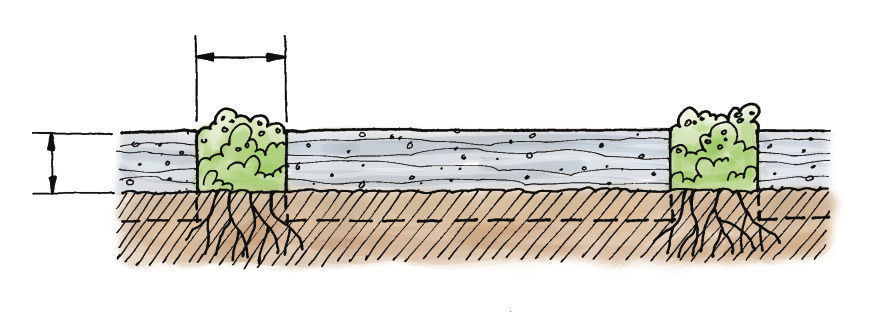
Water them carefully to avoid runoff
If you are establishing new plants, especially ones grown in small pots, it is necessary to water them several times each week (if it does not rain). Once they have developed roots into the soil, they usually don’t need additional water. Where water is not easily accessible, I like to use ice cubes or frozen containers of water to provide moisture, essentially “slow-release” water. The plant receives all the water from the slow melting process, so runoff is prevented.
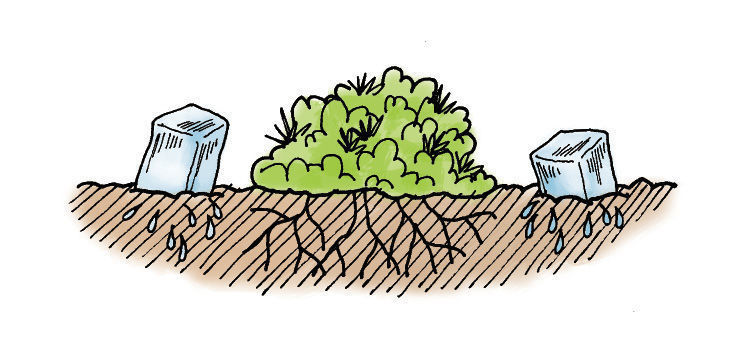
Mulch until plants begin to spread
It is important to use mulch when planting to suppress weeds and to maintain an even moisture level. Once the plants have filled in, mulching is generally unnecessary. Spacing on most of these plants is, to me, a matter of money and patience. The suggested spacing can easily be extended if you are not in a rush to achieve complete coverage. Most of the plants will quickly provide rooted pieces that can be transplanted into bare areas.

Sandy McDougle is the owner of Sandy’s Plants, a grower of rare and unusual perennials in Mechanicsville, Virginia.
Photos: courtesy of stepables.com; Michelle Gervais; courtesy of sandysplants.com.
Illustrations: Martha Garstang Hill
Sources
The following mail-order plant sellers offer the widest selection of the plants featured:
Arrowhead Alpines, Fowlerville, Mich.; 517-223-3581; arrowheadalpines.com
Joy Creek Nursery, Scappoose, Ore.; 503-543-7474; joycreek.com
Sandy’s Plants, Mechanicsville, Va.; 804-746-7092; sandysplants.com
Stepables, Salem, Ore.; 503-581-8915; stepables.com
Fine Gardening Recommended Products

isYoung Birdlook® Smart Bird Feeder with Camera
Fine Gardening receives a commission for items purchased through links on this site, including Amazon Associates and other affiliate advertising programs.
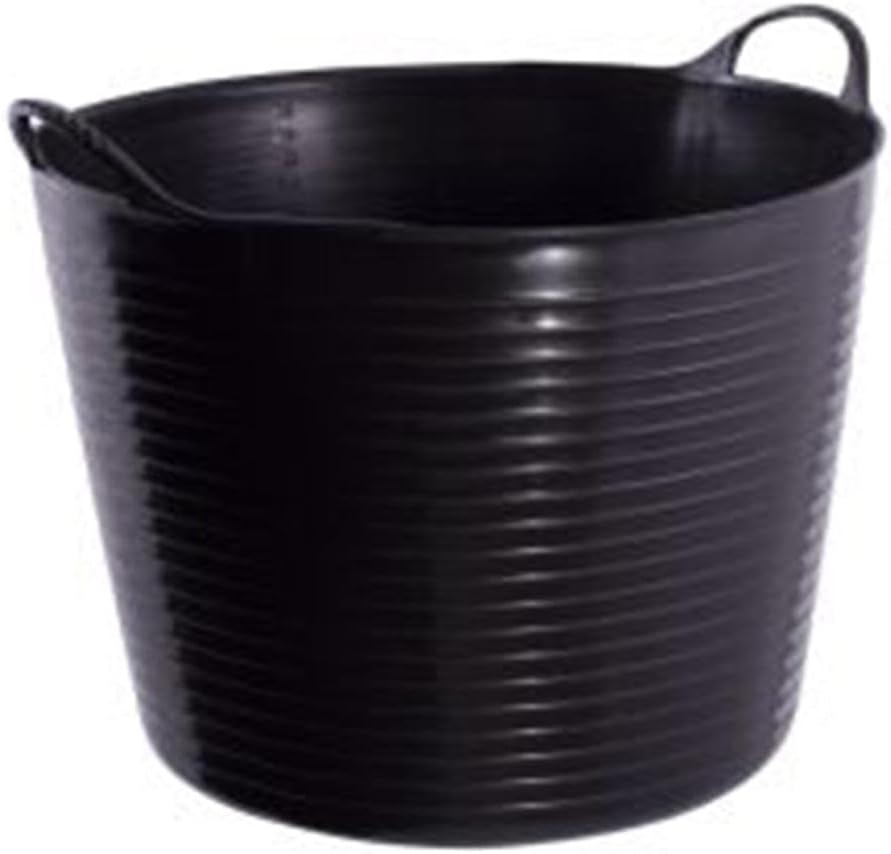
Tubtrugs SP42GBK Flexible Black Gorilla Large 38 Liter/10 Gallon Capacity
Fine Gardening receives a commission for items purchased through links on this site, including Amazon Associates and other affiliate advertising programs.

A.M. Leonard Deluxe Soil Knife & Leather Sheath Combo
Fine Gardening receives a commission for items purchased through links on this site, including Amazon Associates and other affiliate advertising programs.


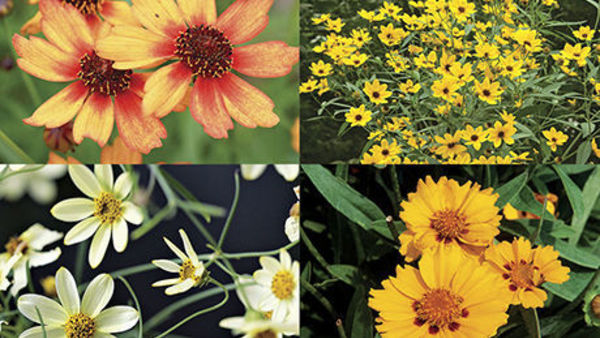

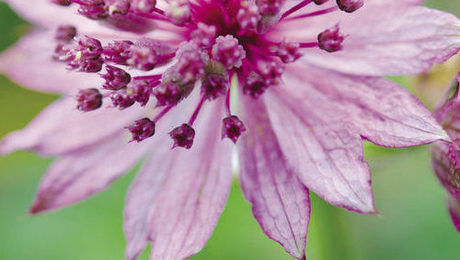













Comments
Log in or create an account to post a comment.
Sign up Log in